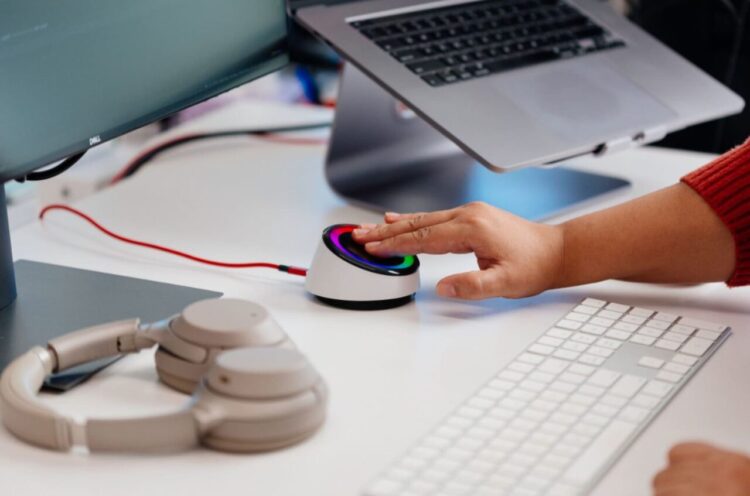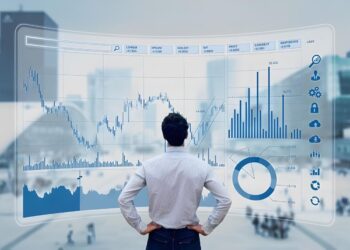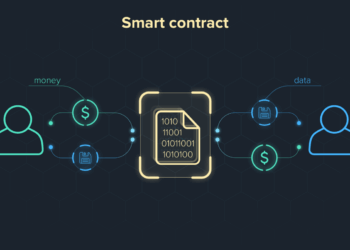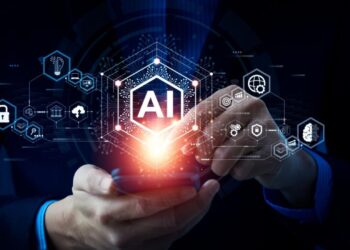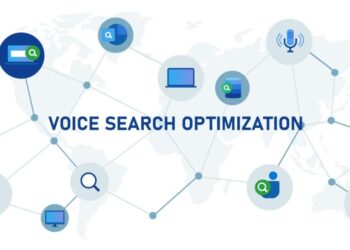In the 21st century, technology has permeated nearly every aspect of our lives. From the smartphones in our pockets to the cloud services managing our data, digital tools are ubiquitous. While this technological abundance offers unprecedented opportunities for connection, information, and automation, it also presents a paradox: the very tools designed to make us more efficient can often become sources of immense distraction and overwhelm. The constant barrage of notifications, the endless scroll of social media, and the sheer volume of digital information can fragment our attention, diminish our focus, and ultimately hinder, rather than help, our productivity.
However, when approached with intentionality and strategy, technology can be transformed from a digital taskmaster into an invaluable ally. The secret lies in harnessing tech for productivity—understanding how to select, configure, and integrate digital tools in a way that amplifies your capabilities, streamlines your workflow, and creates an environment conducive to deep, focused work. This isn’t about acquiring every new gadget or app; it’s about thoughtful implementation to achieve specific goals, eliminate friction, and free up your most valuable resource: your mental energy.
This comprehensive guide will thoroughly explore the principles of using technology as a productivity enhancer, delving into key categories of tools, offering practical strategies for seamless integration, and providing insights into cultivating a productive digital mindset. By the end of this article, you will possess the knowledge and actionable steps to transform your digital environment into a powerful engine for achieving your professional and personal aspirations with greater ease, efficiency, and clarity.
Why Tech Can Be a Distraction

Before we can effectively harness technology, we must first acknowledge its dual nature. Understanding how it can derail us is the first step toward controlling it.
A. The Lure of Notifications
Every app and website is designed to grab and hold your attention. Notifications, pop-ups, and badges create an incessant stream of interruptions, breaking your focus and making it difficult to engage in deep work. Each interruption carries a “cost of context switching,” where it takes significant time and mental effort to regain your original focus.
B. Infinite Scroll and the Fear of Missing Out (FOMO)
Platforms like social media and news feeds are engineered to be addictive, offering an endless stream of content. This fosters a constant sense of FOMO, compelling us to check and re-check, turning passive browsing into a major time sink.
C. Digital Clutter and Disorganization
An unmanaged digital space—overflowing inboxes, cluttered desktops, scattered files across various cloud services—mirrors physical clutter. This digital mess creates cognitive overload, making it harder to find information and leading to wasted time and increased stress.
D. The Illusion of Multitasking
While technology allows us to open multiple applications and switch between tasks rapidly, human brains are not designed for true multitasking. This rapid task-switching, often facilitated by technology, actually decreases productivity, increases errors, and leads to mental exhaustion.
E. Tool Overload
The sheer number of available apps and platforms can itself be a source of stress. Trying to use too many tools, or constantly switching between them, can create more friction than it solves, leading to a fragmented workflow.
Foundational Principles for Tech-Enhanced Productivity
To effectively harness technology, adopt these guiding principles that prioritize intentionality, simplification, and strategic integration.
A. Intentionality Over Reaction
Do not adopt a new tool or feature simply because it exists. Ask yourself: “What specific problem will this solve?” or “How will this meaningfully enhance my workflow?” Every tech choice should be deliberate and serve a clear purpose.
B. Minimalism and Simplification
Less is often more. Aim for a streamlined digital environment with only the essential tools. Eliminate redundant apps, unsubscribe from unnecessary digital noise, and declutter your digital workspaces. A simpler setup reduces cognitive load and distraction.
C. Automation of Routine Tasks
Leverage technology to automate repetitive, low-value tasks. This frees up your time and mental energy for high-leverage activities that require human creativity and problem-solving.
D. Contextual Awareness
Tailor your technology usage to your current context. For example, during deep work, use distraction blockers and silence notifications. During a break, allow for more open browsing. Your tech should support your current mode of operation.
E. Integration and Synergy
Choose tools that work well together, forming an integrated ecosystem. When your calendar, task manager, and communication apps can share information seamlessly, it creates a powerful synergistic effect, eliminating manual data transfer and reducing friction.
Key Categories of Productivity-Boosting Tech Tools
A well-rounded productivity toolkit harnesses technology across several critical functions.
A. Task and Project Management Tools
These are the central nervous system for organizing your work.
- A. Features to Look For: Task creation, deadlines, subtasks, recurring tasks, prioritization, collaboration features, multiple views (list, board, calendar).
- B. Examples: Todoist, Microsoft To Do, Asana, Trello, ClickUp, Notion.
- C. How to Harness: Use to break down large projects into manageable steps, track progress, delegate tasks, and ensure nothing falls through the cracks. Integrate with your calendar.
B. Calendar and Scheduling Tools
Your digital calendar is your time blueprint.
- A. Features to Look For: Event scheduling, reminders, shared calendars, time-blocking capabilities, integration with task managers and video conferencing.
- B. Examples: Google Calendar, Outlook Calendar, Apple Calendar.
- C. How to Harness: Use for time-blocking (scheduling specific work sessions), managing appointments, setting recurring events, and sharing availability with others to prevent conflicts.
C. Note-Taking and Knowledge Management Systems
For capturing ideas, organizing information, and building your personal knowledge base.
- A. Features to Look For: Easy capture (text, voice, web clips), searchability, organization (folders, tags), cross-device sync, linking between notes, collaboration.
- B. Examples: Evernote, OneNote, Notion, Obsidian, Roam Research, Google Keep.
- C. How to Harness: Use to capture insights from meetings, organize research, brainstorm ideas, outline articles, and create a searchable repository of information, reducing the need to re-discover data.
D. Communication and Collaboration Platforms
Essential for team-based work, but also a major source of distraction if not managed.
- A. Features to Look For: Real-time messaging, video conferencing, file sharing, project channels, integration with other tools.
- B. Examples: Slack, Microsoft Teams, Zoom, Google Meet.
- C. How to Harness: Set specific times for checking messages, use “Do Not Disturb” modes during focused work, organize conversations into channels, and use for quick, asynchronous communication to avoid unnecessary meetings.
E. Distraction Blocking and Focus Tools
Directly combat the digital noise.
- A. Features to Look For: Website blocking, app blocking, notification control, “focus modes,” ambient soundscapes.
- B. Examples: Freedom, Cold Turkey, StayFocusd, Forest, Brain.fm, Noisli.
- C. How to Harness: Block distracting websites/apps during deep work sessions, use noise-canceling headphones with ambient sounds to create a focus bubble, and aggressively manage all non-essential notifications.
F. Automation Tools
The ultimate leverage for repetitive tasks.
- A. Features to Look For: Connecting different apps, creating “recipes” or “workflows” based on triggers and actions.
- B. Examples: Zapier, IFTTT, Microsoft Power Automate.
- C. How to Harness: Automate mundane tasks like moving email attachments to cloud storage, adding new contacts from forms to a CRM, or creating a task in your manager when a specific email arrives.
Strategies for Seamless Tech Integration and Mindset Cultivation
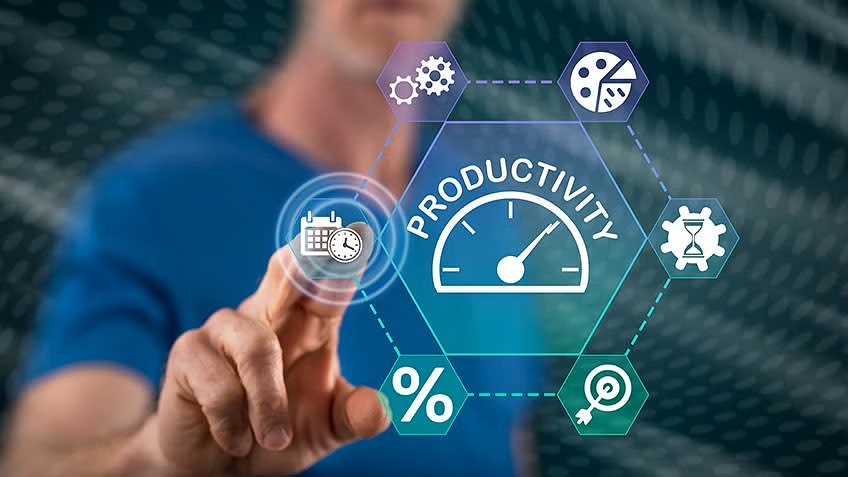
Having the tools is one thing; using them effectively requires strategy and a disciplined mindset.
A. Audit Your Current Tech Stack
Review every app and platform you currently use. Ask:
- A. Is this tool essential?
- B. Does it genuinely improve my productivity, or is it a distraction?
- C. Is there redundancy? Can I consolidate functions into fewer tools?Ruthlessly eliminate tools that don’t serve your purpose.
B. Create an Integrated Workflow
Think of your digital tools as a connected ecosystem, not isolated islands.
- A. Connect Your Calendar and Task Manager: Ensure deadlines from your task manager appear on your calendar, and new calendar events can easily generate tasks.
- B. Centralize Information Flow: Decide where notes, files, and communications will primarily live. Avoid scattering information across too many platforms.
- C. Use Single Sign-On (SSO): Reduce login friction where possible.
C. Master Notification Management
This is perhaps the most critical skill for digital productivity.
- A. Default to “Off”: Assume all new apps’ notifications are off until you specifically decide you need them.
- B. Aggressively Prune: Go through all your device settings and turn off 90% of notifications. Only keep essential, time-sensitive alerts.
- C. Utilize “Do Not Disturb” / “Focus Modes”: Schedule these modes for your deep work sessions and personal time.
D. Embrace Digital Minimalism
Cultivate a habit of regularly decluttering your digital space:
- A. Inbox Zero: Process emails daily, delete or archive.
- B. Clear Desktop/Downloads: Keep your computer desktop clean and regularly empty your downloads folder.
- C. Organize Files Consistently: Maintain a logical, consistent folder structure for all your digital files.
E. Schedule Digital Detoxes
Periodically disconnect from your devices. A weekend without social media or an evening without email can reset your mind, improve focus, and reduce digital fatigue.
F. Learn and Optimize Continually
Technology evolves rapidly. Dedicate a small amount of time regularly (e.g., 15 minutes a week) to learn new features of your core tools, explore integrations, or identify potential improvements to your digital workflow.
Conclusion
In the ceaseless hum of the digital age, technology stands as both our greatest enabler and our most formidable distractor. The journey to effectively harness tech for productivity is not about resisting the digital tide, but about mastering its currents, transforming its potential for chaos into a powerful symphony of efficiency and intentional action. This involves a conscious shift from a reactive consumption of digital stimuli to a strategic, purpose-driven integration of tools that amplify human capability rather than diminish it.
By meticulously selecting tools that align with clear objectives, adopting principles of minimalism and strategic automation, and fostering an integrated digital ecosystem, we can reclaim control over our attention and our time. The thoughtful deployment of task managers, calendars, note-taking systems, and communication platforms, coupled with the crucial barrier of distraction blockers, creates an optimized environment where deep work is not just possible, but inevitable. Furthermore, cultivating a mindset of intentionality, regular auditing, and consistent digital decluttering ensures that this productivity-enhancing framework remains fluid, adaptive, and perpetually aligned with our evolving needs.
The ultimate outcome of this strategic approach is profound: a significant reduction in cognitive overload, a heightened capacity for sustained focus, increased efficiency across all tasks, and a pervasive sense of calm and control amidst the digital storm. Technology, once a potential source of stress and fragmentation, becomes a powerful ally in the pursuit of our goals, liberating us from mundane tasks and empowering us to dedicate our most valuable energy to creative problem-solving, meaningful contribution, and personal growth. It’s about designing a digital life that truly serves our aspirations, allowing us to thrive in an era where smart tech is not just about doing more, but about achieving more that genuinely matters.

